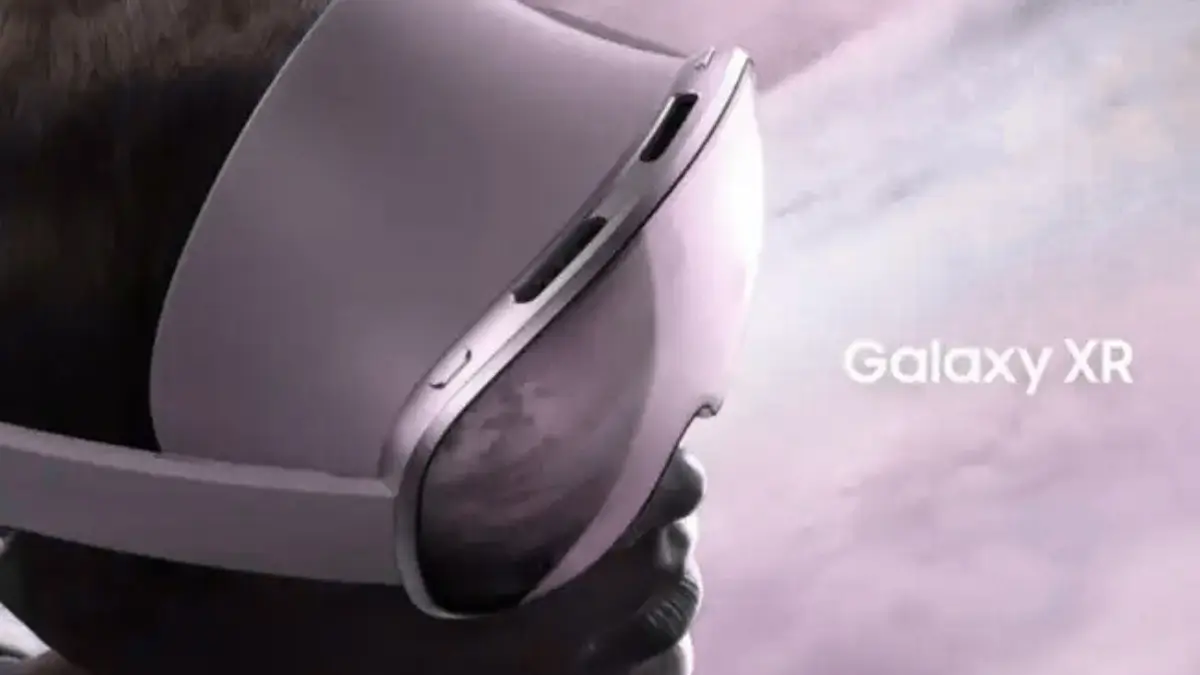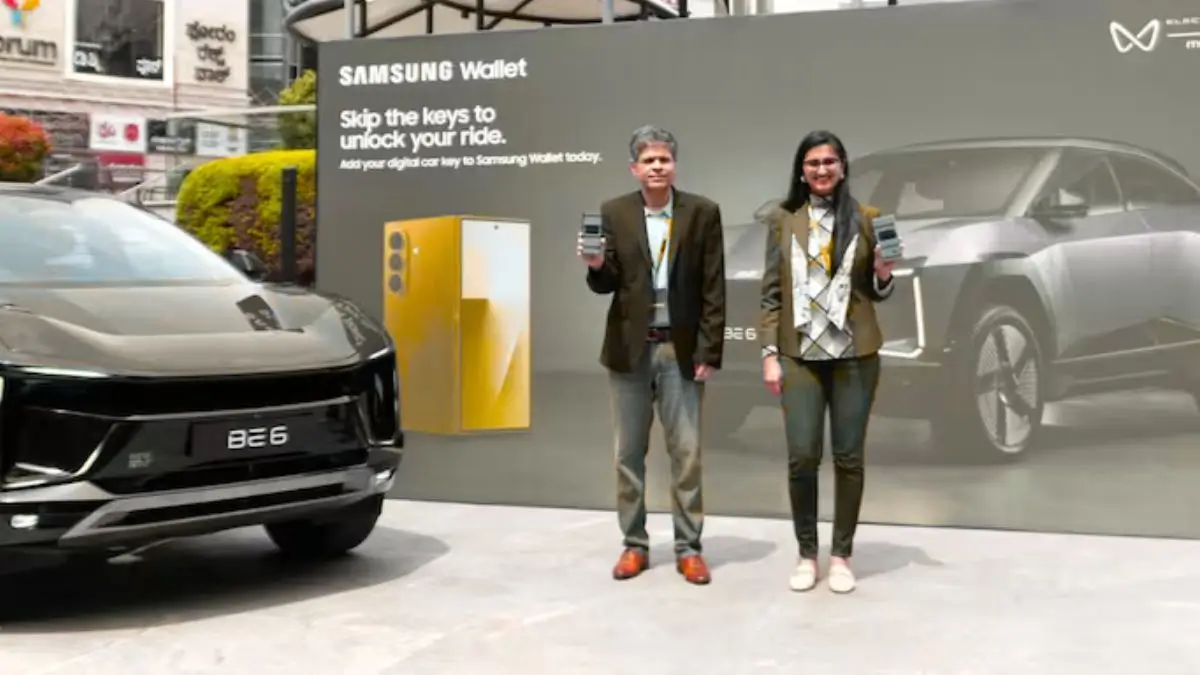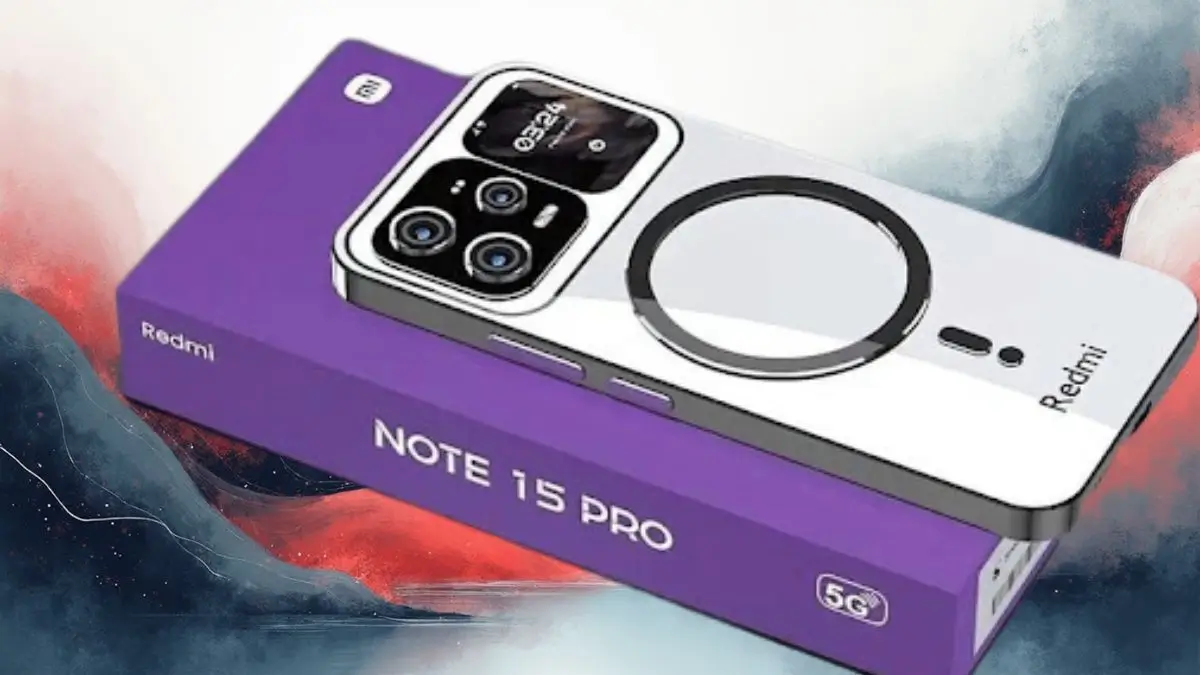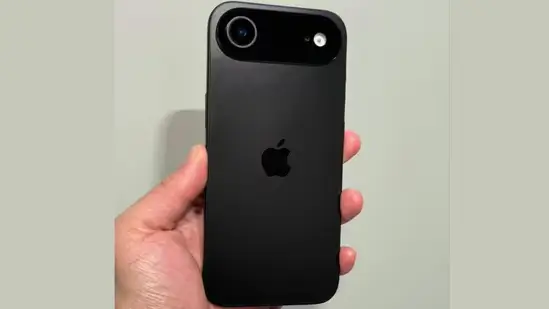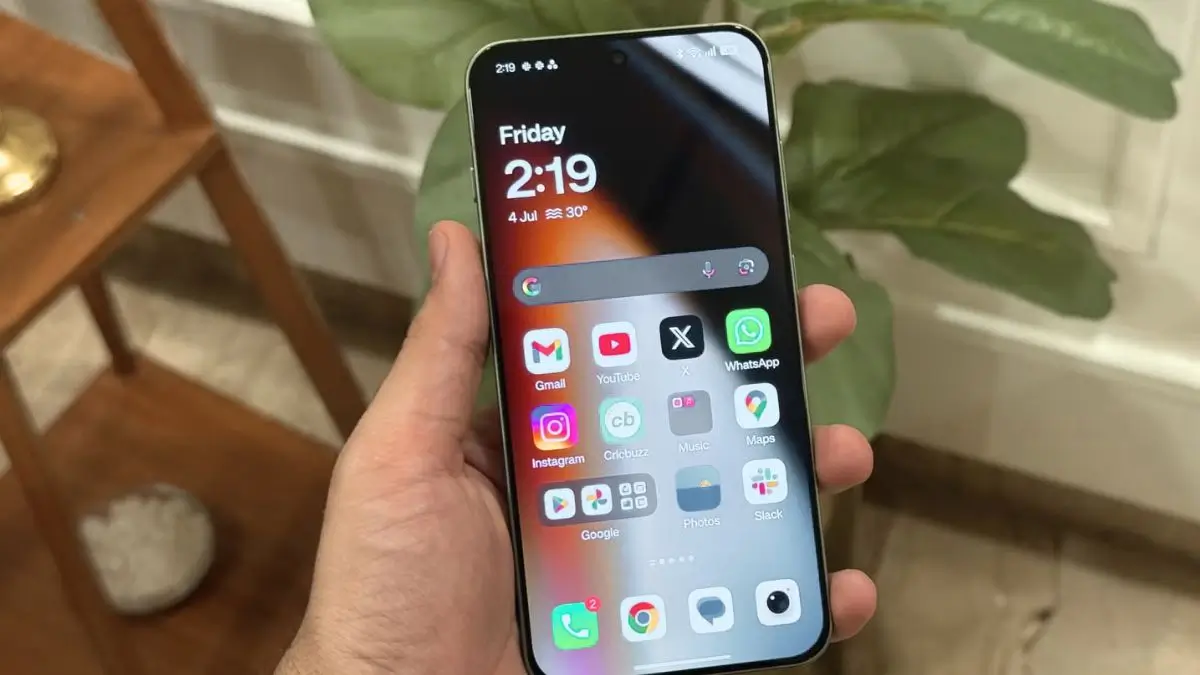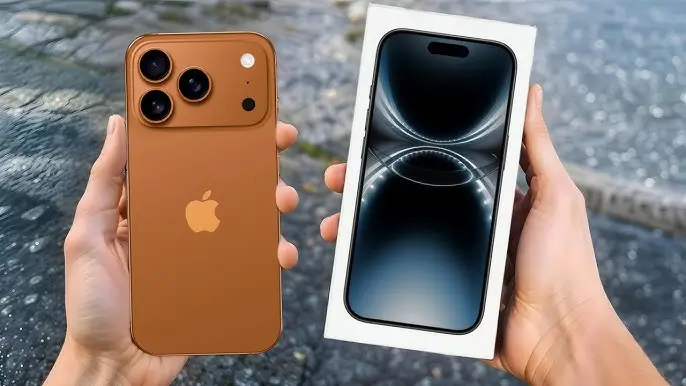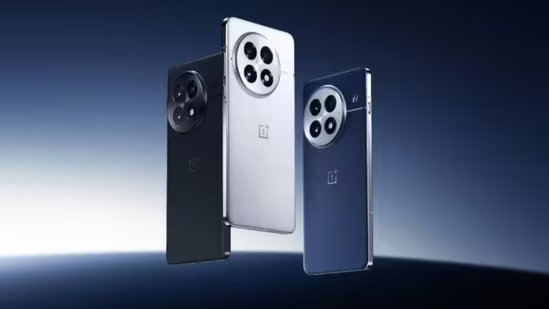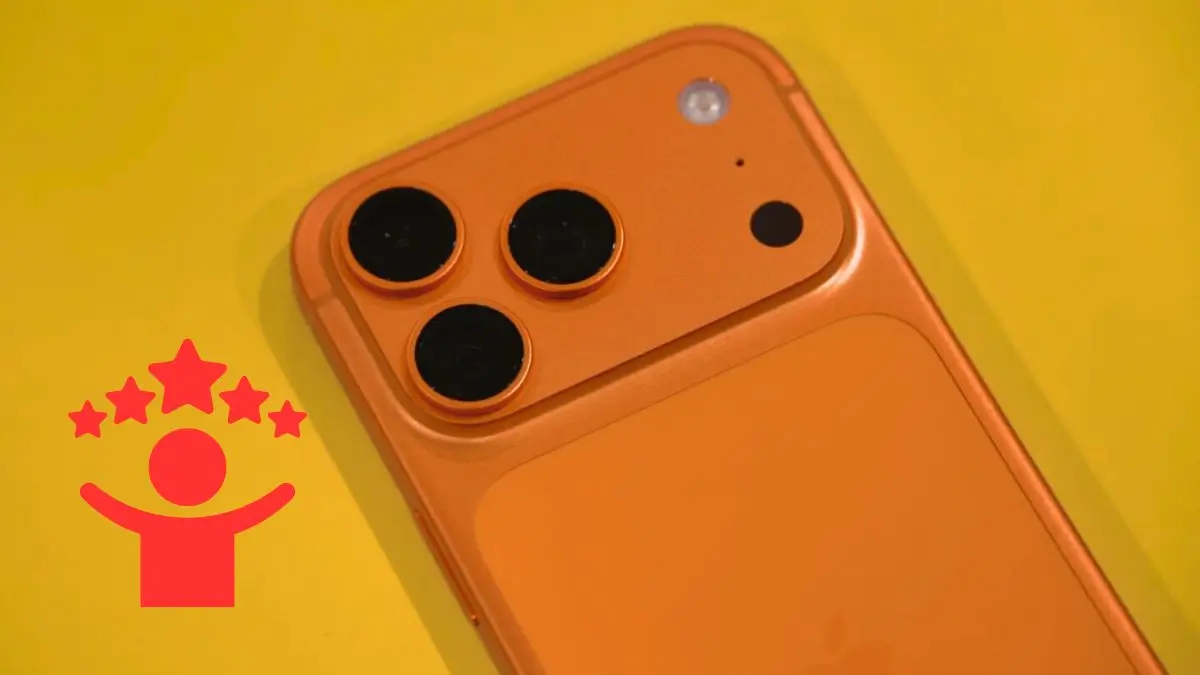Samsung has officially entered the next generation of immersive technology with the launch of its Galaxy XR headset, marking one of the company’s boldest moves in years. Developed through a powerful collaboration with Google and Qualcomm, the Galaxy XR is more than a gadget—it’s Samsung’s vision for the future of extended reality (XR).
The global unveiling in Seoul, streamed to audiences worldwide, wasn’t just another tech launch. It was a defining moment for the industry, positioning XR as something no longer experimental or niche, but personal, intelligent, and ready for the mainstream.
A Collaborative Leap: Samsung, Google, and Qualcomm Join Forces
The Galaxy XR headset represents the merging of three technological powerhouses. Samsung brings its refined hardware design, Google contributes its Android XR platform and Gemini AI, while Qualcomm provides the raw performance through its Snapdragon XR2+ Gen 2 processor.
Together, these components form a seamless experience where the boundaries between the physical and digital worlds begin to blur.
Unlike earlier VR and AR devices that struggled with fragmentation, Galaxy XR arrives as a unified ecosystem. It combines the precision of Samsung’s engineering, the intelligence of Google’s AI, and Qualcomm’s efficient processing to deliver a smooth and deeply immersive experience.
This is not just another headset. It’s a declaration that XR technology has matured, moving beyond novelty into something genuinely useful for daily life.
Android XR: A New Operating System for Mixed Reality
Running on Android XR, Google’s new operating system designed specifically for mixed and extended reality, the Galaxy XR sets a new standard for how immersive environments should feel.
This software is a major evolution from traditional Android, reimagined for spatial computing. It allows users to move naturally, interact with 3D objects, and access real-world information layered intelligently within their surroundings.
With Android XR, Samsung aims to make extended reality as open and adaptable as Android smartphones. Developers will have the freedom to build applications that blend productivity, entertainment, and creativity in entirely new ways.
Samsung’s goal is clear—to turn XR into the next major computing platform, much like how Android reshaped the smartphone industry.
Gemini AI: The Smart Core of Galaxy XR
At the heart of Galaxy XR lies Google’s Gemini AI, integrated deeply into the system to deliver a new kind of interaction. This isn’t just about voice commands or hand gestures. Gemini turns the headset into an intelligent companion that understands your environment and context.
Imagine standing in your kitchen wearing the headset. As you pick up vegetables, the Galaxy XR instantly recognizes them and, through Gemini, suggests recipes, shows cooking videos, or measures ingredient quantities. It feels natural, almost invisible.
Gemini also enhances productivity. During virtual meetings, it can summarize discussions, translate speech in real time, or pull up relevant documents without you lifting a finger. For education, it can bring lessons to life—students can explore anatomy in 3D or walk through historical landmarks as if they were really there.
This deep integration of AI makes the Galaxy XR experience fluid and human-like. It moves beyond the point-and-click model to something that feels like interacting with a living system.
Cutting-Edge Hardware Design
Samsung has crafted the Galaxy XR headset to feel both futuristic and practical. It features micro-OLED displays that deliver 4K resolution per eye, offering sharp visuals and vibrant colors that make digital objects appear truly lifelike.
The headset’s design also includes six external cameras and iris recognition technology. These sensors enable accurate motion tracking, pass-through vision for real-world awareness, and biometric security for user authentication.
Another standout is the spatial audio system, which dynamically adjusts sound based on your head movements. This makes every virtual environment feel real, with sound coming from precise directions, just as in the physical world.
The headset runs on a modular battery system that lasts around two to two and a half hours per charge. Users can swap batteries or even carry one in their pocket for extended use. The balance and comfort have also been refined, with a snug but lightweight fit made from high-quality materials.
In short, the Galaxy XR feels less like a gadget and more like a piece of wearable glass—sleek, minimal, and designed for all-day use.
A Platform for Everyone, Not Just Tech Enthusiasts
One of Samsung’s strongest messages during the launch was inclusivity. The Galaxy XR is not built just for gamers or tech professionals—it’s for everyone.
Businesses can use it for virtual collaboration rooms, where teams meet and work together in 3D environments. Educators can build interactive learning experiences, allowing students to visualize complex subjects in ways that textbooks never could. Creators can design virtual art, and wellness enthusiasts can meditate inside tranquil digital gardens.
Samsung is positioning the Galaxy XR as the next personal computer, a tool that adapts to your needs—whether work, study, creativity, or entertainment.
The company hopes the open nature of Android XR will encourage developers to create a rich ecosystem of applications, just as Android did for smartphones over a decade ago.
Competitive Pricing and Global Reach
Perhaps the biggest surprise from the launch was the price. The Galaxy XR is set to retail at $1,799 (approximately Sh240,000)—nearly half the cost of Apple’s Vision Pro.
While still a premium product, Samsung’s pricing strategy signals a clear intent to make XR technology more accessible. By using open standards and eliminating the need for proprietary accessories, Samsung aims to appeal to a wider audience, including emerging markets.
In regions like East Africa, where Apple’s Vision Pro remains beyond reach for most consumers, Samsung’s strong distribution network could help bring XR experiences to a larger population.
Imagine architects in Nairobi designing buildings in 3D space, or students in Mombasa attending immersive history classes set in reconstructed ancient cities. These are the kinds of possibilities Samsung envisions.
A Vision Beyond Competition
Many expected the Galaxy XR to be Samsung’s response to Apple’s Vision Pro. But the company insists it’s something different. This isn’t about imitation—it’s about redefining how we interact with technology.
Where Apple emphasizes visual fidelity and ecosystem control, Samsung focuses on accessibility, openness, and AI intelligence. The Galaxy XR doesn’t just compete—it introduces an alternative vision of the future, one that invites developers and users alike to participate in shaping the XR era.
Samsung’s long-term plan seems clear: create an XR ecosystem that bridges smartphones, wearables, and smart home devices into one unified experience.
The Road Ahead for Galaxy XR
Samsung hasn’t confirmed an exact release date, but the implications of this launch are already resonating across the tech industry. The Galaxy XR headset is expected to roll out in select markets first, followed by a wider global release.
As Samsung leverages its vast supply chain and retail presence, especially in regions like Africa and Asia, the headset could become the first mainstream extended reality device to achieve true global reach.
The combination of Android XR, Gemini AI, and Snapdragon XR2+ Gen 2 makes the Galaxy XR not just a step forward—it’s a leap toward the future of computing.
Final Thoughts: A New Chapter in Human-Tech Interaction
With the Galaxy XR, Samsung has drawn a line in the sand. Extended reality is no longer a futuristic dream—it’s here, intelligent, and ready for everyday use.
By merging cutting-edge hardware, intuitive AI, and an open software platform, Samsung is laying the foundation for a world where screens dissolve and experiences surround us completely.

